
Best Bird Food for Small Garden Birds: A Comprehensive Guide
Share
More numerous and harder to spot are our smaller garden birds. These could well be cute finches, tits and sparrows being some of the birds that will most frequently visit our gardens.
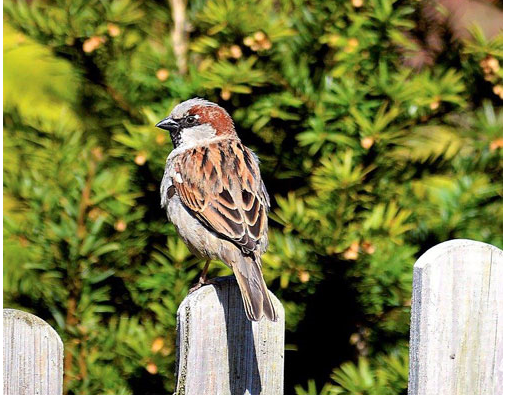
The House Sparrow has declined catastrophically in the last few years and is now completely missing from areas where it was once the most common species around. Long gone has the cheeky, boisterous cockney sparra - it's almost a rarity to see them in our towns and cities. They can be seen on farms, in parks and gardens, docks, railways and wasteland of any kind. In pockets of the UK, we're often sent videos and photos of gardens where sparrows buck the trend and gather together as a quarrel of sparrows - and they do sound like they're quarrelling, don't they?
Although House Sparrows are a tough customer at the bird table, they will eat almost anything but especially cereal-based food. Haith's Original Wild Bird Food, for one example, or Sunflower Hearts have proved very popular. Nevertheless, due to its severe decline in the UK, the House Sparrow is currently a red-list species.
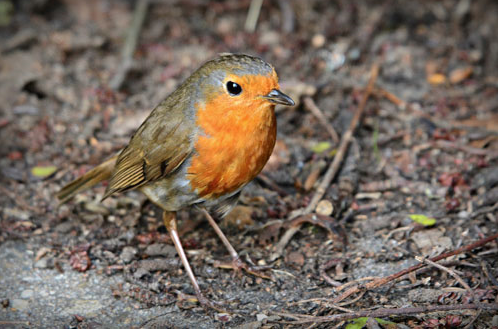
Instantly recognisable is the Robin. It can be seen all over Britain and will feed very freely in the open or in the undergrowth amongst bushes and hedgerows. It is a very enthusiastic visitor to the bird table for seeds such as Haith’s Fat Robin Mix and Songster Food. Perhaps its most favourite item on our product list is live mealworms, maybe due to their being most like its natural food.
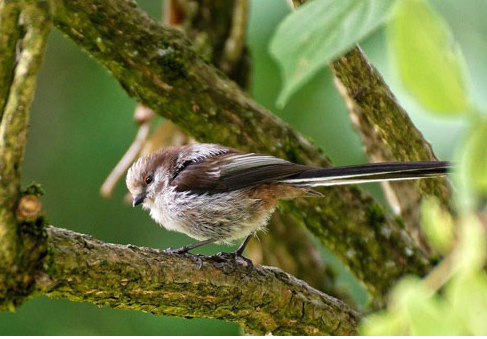
Another of our best-loved small garden birds has to be the Long-tailed tit. They usually visit gardens in small numbers searching for seeds and suet, try feeding our suet logs or suet pellets - if you have any leftover grated cheese this will be readily taken too! With its dumpy little body and long tail, it certainly is an exquisite little bird.
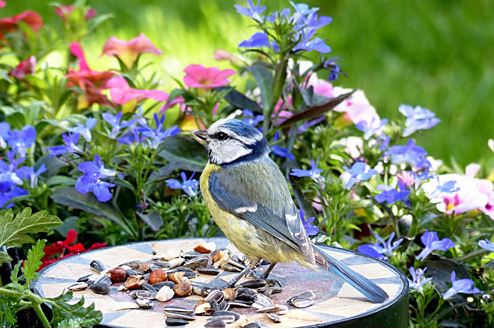
The Blue Tit is a very common popular bird with its bandit like face and colourful blue cap, white cheeks, yellow belly and blue wings and tail, they will visit most gardens and they will come to the bird feeder for mixed bird seed, peanuts, suet pellets and suet balls and also the ever favourite Sunflower Hearts. You can help to look after these birds by providing water for them to drink and bathe too.
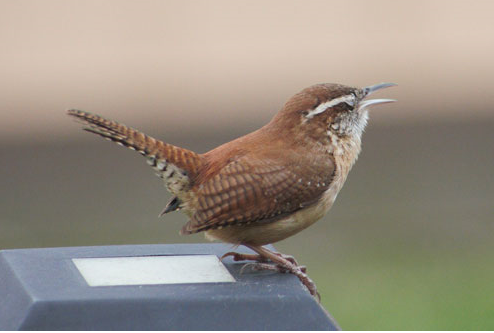
Wrens eat insects but will eat berries (especially in the Autumn/Winter ) mixed seeds and suets, mealworms and raisins. The Wren is the shortest of all UK gardens birds but not the smallest. It is vital that you leave water, shelter and nesting preferences to help attract this tiny little bird.
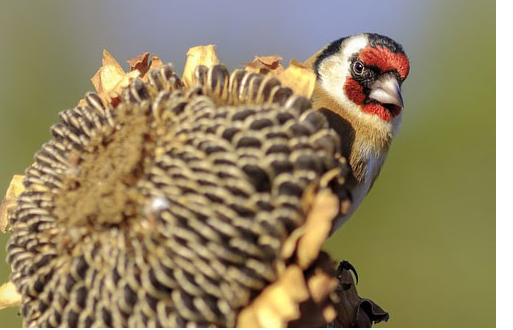
To attract the Goldfinch into your garden and keep them coming all year round you need to be providing seeds such as Niger seed and Goldfinch and Siskin mix in a special niger seed feeder (they're also very fond of Sunflower Hearts but in gardens with lots of species of birds visiting the feeder, Goldfinches may venture to a garden that's feeding just niger seed - in a niger seed feeder). Very few wild birds or predators show any interest in Niger seeds so you will not have any problems with squirrels or magpies. Goldfinches often fly long distances to find suitable food and they normally feed in loose flocks which are called a charm. When you see this, you'll instantly know why it's a charm.
Written by Angela
